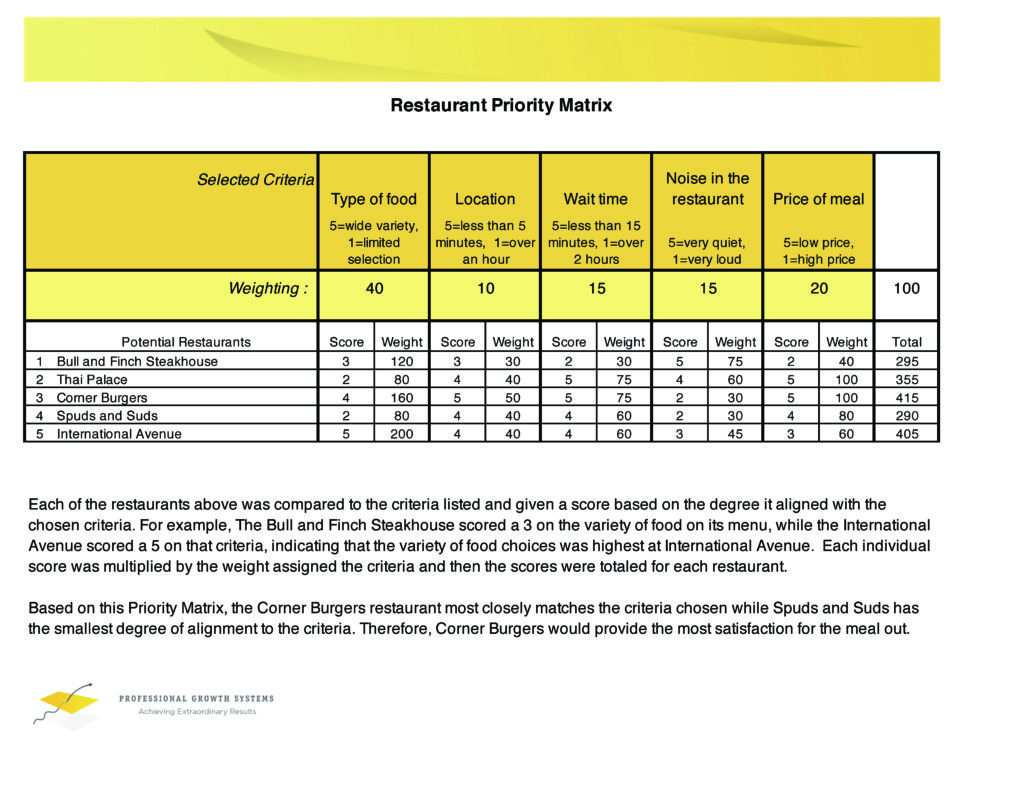

- #Priority matrix for change requests how to
- #Priority matrix for change requests full
- #Priority matrix for change requests password
System or service catalogue should handle standard changes Instead, for maximum efficiency, an automated service request Standard changes do not generate Request for Changes, because change management does not assess them.
#Priority matrix for change requests password
a password reset) might not require any authorization at all. Simple, low-risk changes and service requests with a well-defined procedure for execution do not require assessment by change management and might only require the approval of the requester's line manager. There are five types of change management in an organization Typical levels in a change model might include theįollowing, but this can be adapted to suit your organization: Types of Change management
#Priority matrix for change requests full
Without this distinction,Īll changes (no matter how minor) must go through the full process, which can mean tying people up with trivial changes, while larger, more transformative changes may be delayed.
#Priority matrix for change requests how to
Answer the question, "what's in it for me?" for each stakeholder group.įree Bonus : Click here to get access to a free PDF file that shows you how to implementĬhange management in 6 steps from this post.Ĭhange management is about balancing progress with risk, so a change model is an essential part of efficient change management, enabling low-risk changes to be applied quickly with minimal cost and resource usage.


Configuration management needs changes to be recorded, so that the configuration management database (CMDB) is kept up-to-date and always represents the live environment. In simple terms, change management needs a view of the infrastructure to assess the impact of a change. ITIL recommends implementing change management in conjunction with configuration management, but you don't need to implement 100% of configuration management before you can get started with change management. Change management and configuration management What do we do if the change goes wrong? Do we have a backup plan in place?Īnswering these questions reliably is the hardest part implementing the changes is easier.What is the business priority of the change?.In essence, implementing a successful change management process is about asking the right questions and having the right people, workflow, and technologies in place to get answers Impact: What are the possible negative consequences of the change (bearing in mind the complex interdependencies of today's computer systems) - and how to avoid these consequences?īased on a sound understanding of these three issues.What: Is it hardware, software, system architecture, a process, documentation, or a combination of these that will be subjected to change?.

What is the business benefit you hope to achieve with the change? This definition raises three change-related issues: Involved in implementing a solid change management process.įirst, a quick definition of change: The addition, modification, or removal of anything that could have an effect on IT services. ITIL guidance focuses a lot on terminologies and processes but contains little practical advice on the actual implementation of each process. If one of the legs is weak, the stool will fall. Think of ITIL change management as a three-legged When it comes to change management, 'implementation' isn't the end - it's just the beginning.


 0 kommentar(er)
0 kommentar(er)
